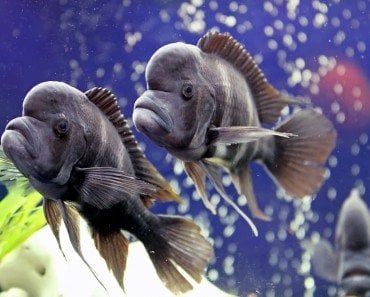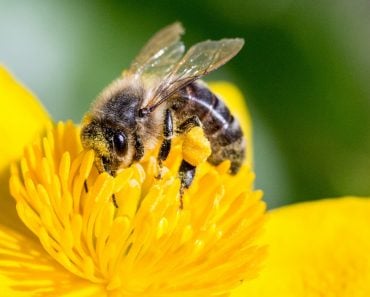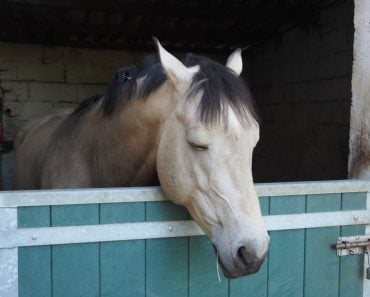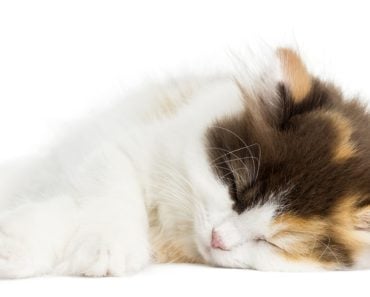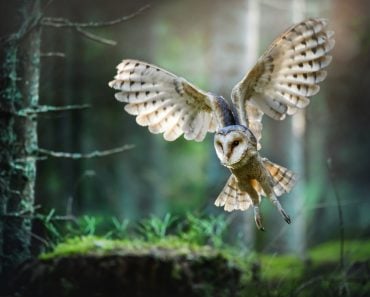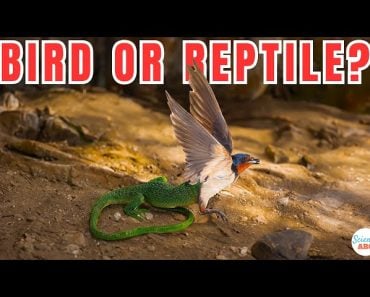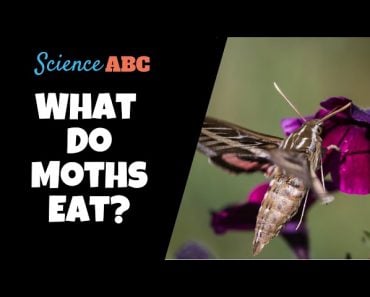Birds can stay perched on branches while by locking their talons onto the branch. This action is involuntary. They also sleep with one brain hemisphere awake, and have a balancing organ in their hip
how do birds not fall out of trees when they sleep
Some of life’s simplest mysteries can prove the hardest to solve. One such mystery is how a bird sleeps, especially while it’s perched so precariously on a branch. Or for that matter, how do birds remain perched in the armpit of a giraffe, like the yellow-billed oxpecker, or hang upside down on a tree branch for a snooze like a parrot?
Recommended Video for you:
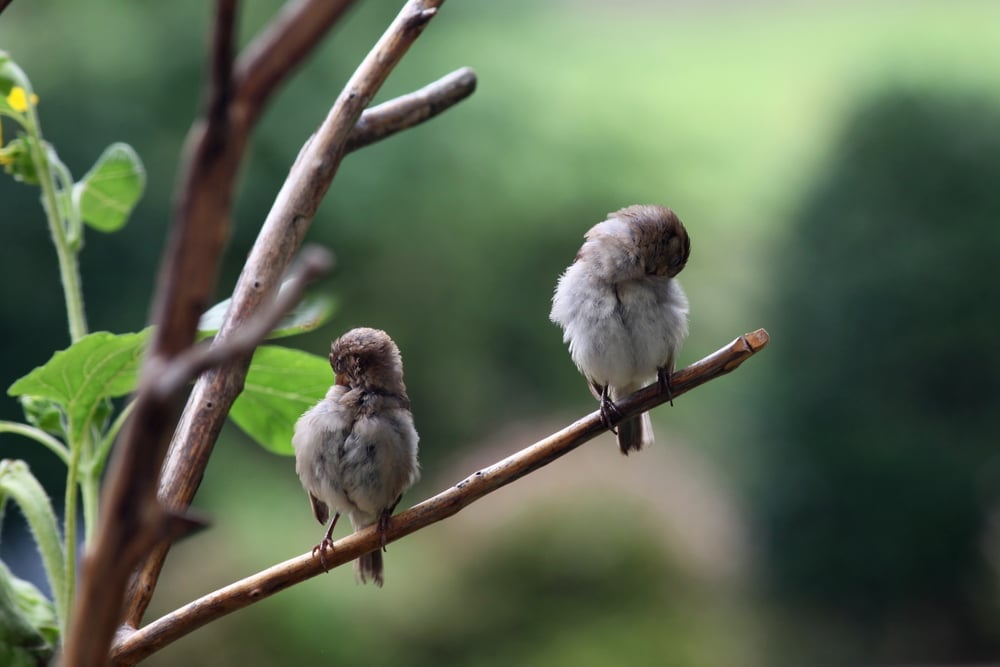
Why birds don’t fall off: Automatic Perching Mechanism
To stand perfectly balanced on a branch while the muscles become limp from sleep isn’t easy. Anyone who has tried to sleep standing on a train would know this. Birds manage to combat this limpness by locking their legs.
When a bird squats, its talons automatically and involuntarily bend and clutch tightly to the branch. Until the leg is straightened, the talons will not release. The key behind this mechanism is the bird’s flexor tendons.
Many perching bird’s feet have three toes in the front and one in the back. These toes are connected to a tendon that begins at the knee. A tendon is a tissue that connects muscles to bones. This tendon is called the flexor tendon. The locking mechanism happens as the knee and ankle of the bird bend, and the flexor tendon stretches, thus bending the bird’s toes.
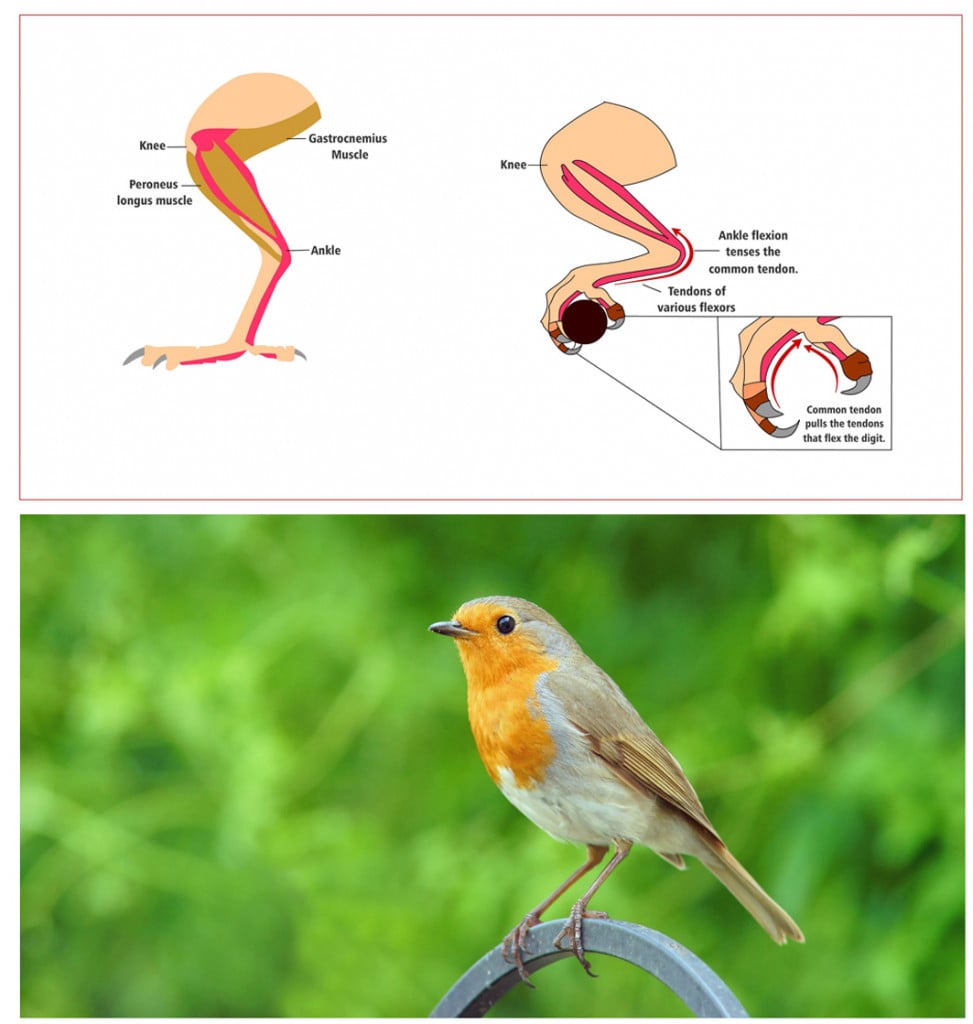
The locking mechanism also happens because the tissue covering the tendon has a rough surface, although it is smooth in most other animals. The rough surface creates friction between the tendon and the sheath, which helps lock the leg in place.
This so-called ‘automatic perching mechanism’ is a feature in most birds, allowing them to clutch to a branch without worrying about losing their grip and falling off. It is so good that parrots sleep hanging upside-down!
The locking mechanism comes in handy in other ways, too. For predatory birds, being able to firmly clutch their prey while flying to a safe place to feed is the difference between a full belly and starvation. It also helps birds to climb, swim, wade through water, and hang.
Also Read: How Do Birds Sleep During Migration?
Exception To The Automatic Perching Mechanism
Dozens of papers found such a mechanism in different avian species, and the case seemed shut, but a paper published in 2012 found that sleeping European Starlings don’t use the locking mechanism when they sleep. The researchers observed that the birds bent their knees slightly, which was not enough for the locking mechanism to kick into action.
The bird’s toes, as a result, were largely unbent, and it balanced on the central pad of its feet while it slept. Additionally, they found that when the birds were anesthetized, they could not balance on the branch.
These results imply that there is more to how a bird balances as it sleeps than a simple brute-force grasp.
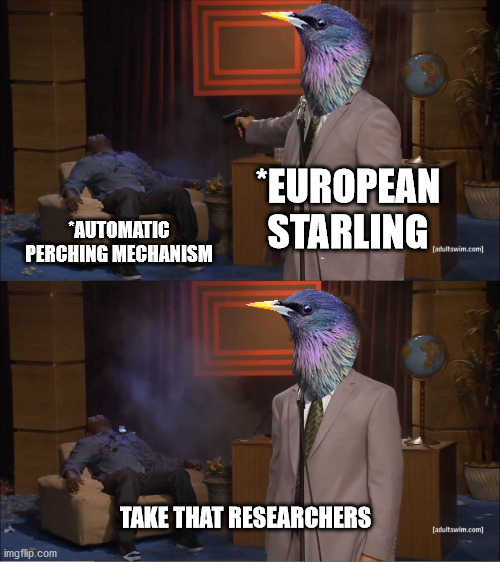
Also Read: Why Do Bats Hang Upside Down While They Sleep?
How Does A Bird Balance On A Branch?
Without the passive and automatic perching mechanism, the muscles of birds would need to be stiff. Birds can, when called for, not go completely limp. Research on geese, flamingos, and frigates shows that birds can maintain some muscle stiffness or tone when required. This might have something to do with birds being able to keep one brain hemisphere awake and the fact that they have short REM cycles. A minimal muscle tone is required for the bird to balance, sometimes even on a single leg.
However, besides muscle tone, several other systems might be at play to keep a bird perched and stable while they sleep.
One interesting discovery found that birds, especially those that perch, have a unique balancing organ in their hip, close to their buttocks. Called the lumbosacral organ, it might allow birds to keep their balance, in addition to the vestibular system in their heads. Therefore, if a bird tucks its head away when it retires, the hip balancing act comes into play. This is purely conjecture, though, and there isn’t any conclusive evidence on the matter… yet.
Also Read: Why Do Flamingos Stand On One Leg?
Conclusion
Studying bird sleep has its own challenges. For one, birds are a diverse and eclectic bunch, with different bodies, physiologies, and behaviors depending on which species, genera, or family one studies. Sleep cycles differ just as widely.
And ostrich doesn’t sleep perched anywhere. The largest bird on Earth wouldn’t be able to climb a tree if its life depended on it. Most flightless birds sleep on the ground, hidden among the foliage, or with their head seemingly “in the sand.” Some other birds sleep standing on one leg in shallow water, like flamingos.
Even when we consider the automatic perching mechanism, the shape of a bird’s foot comes into play. Bird feet are adapted to different purposes, so the way they stand and the movement of their feet might also be different.
We may not know the whole story yet, but there is no denying how remarkable it is that birds manage this balancing act daily!
References (click to expand)
- GALTON, P. M., & SHEPHERD, J. D. (2012, April). Experimental Analysis of Perching in the European Starling (Sturnus vulgaris: Passeriformes; Passeres), and the Automatic Perching Mechanism of Birds. Journal of Experimental Zoology Part A: Ecological Genetics and Physiology. Wiley.
- Quinn, T. H., & Baumel, J. J. (1990, July). The digital tendon locking mechanism of the avian foot (Aves). Zoomorphology. Springer Science and Business Media LLC.
- Rattenborg, N. C. (2017, February 6). Sleeping on the wing. Interface Focus. The Royal Society.
- Chang, Y.-H., & Ting, L. H. (2017, May). Mechanical evidence that flamingos can support their body on one leg with little active muscular force. Biology Letters. The Royal Society.
- Stanchak, K. E., French, C., Perkel, D. J., & Brunton, B. W. (2020, January 1). The Balance Hypothesis for the Avian Lumbosacral Organ and an Exploration of Its Morphological Variation. Integrative Organismal Biology. Oxford University Press (OUP).

